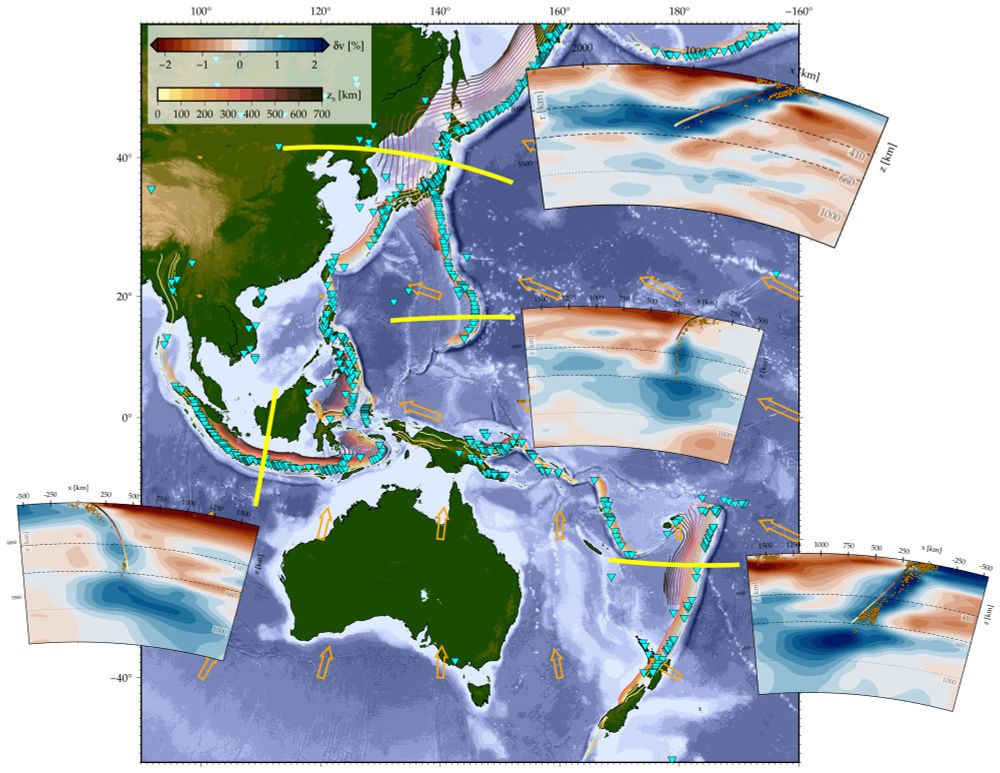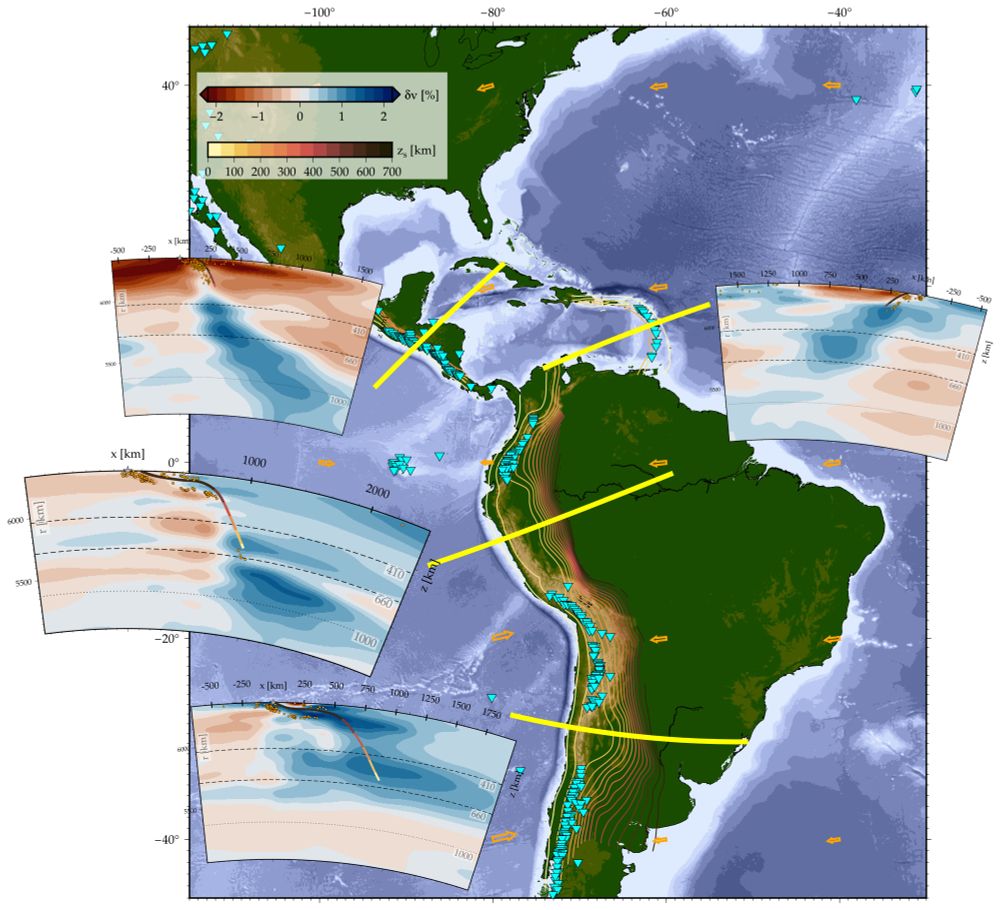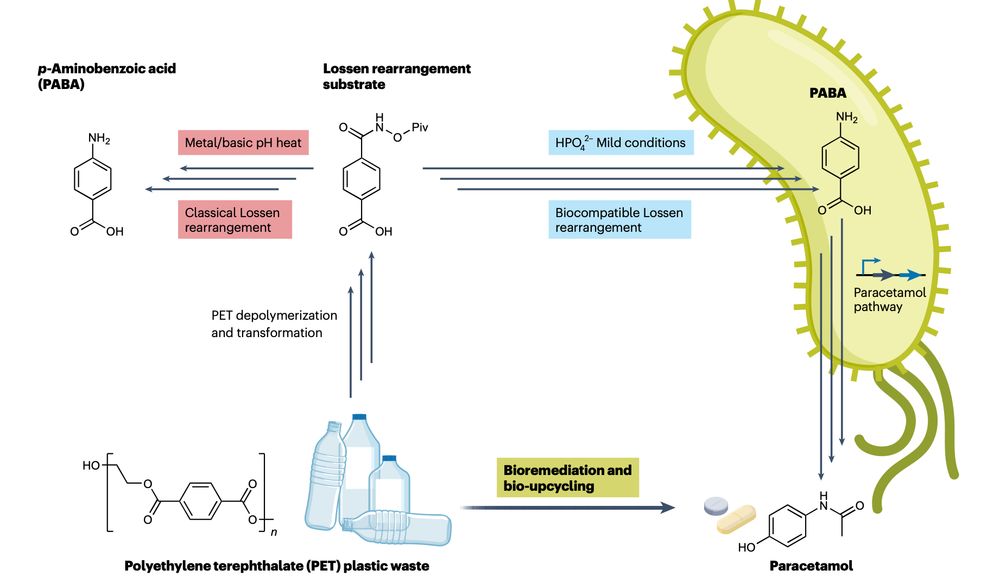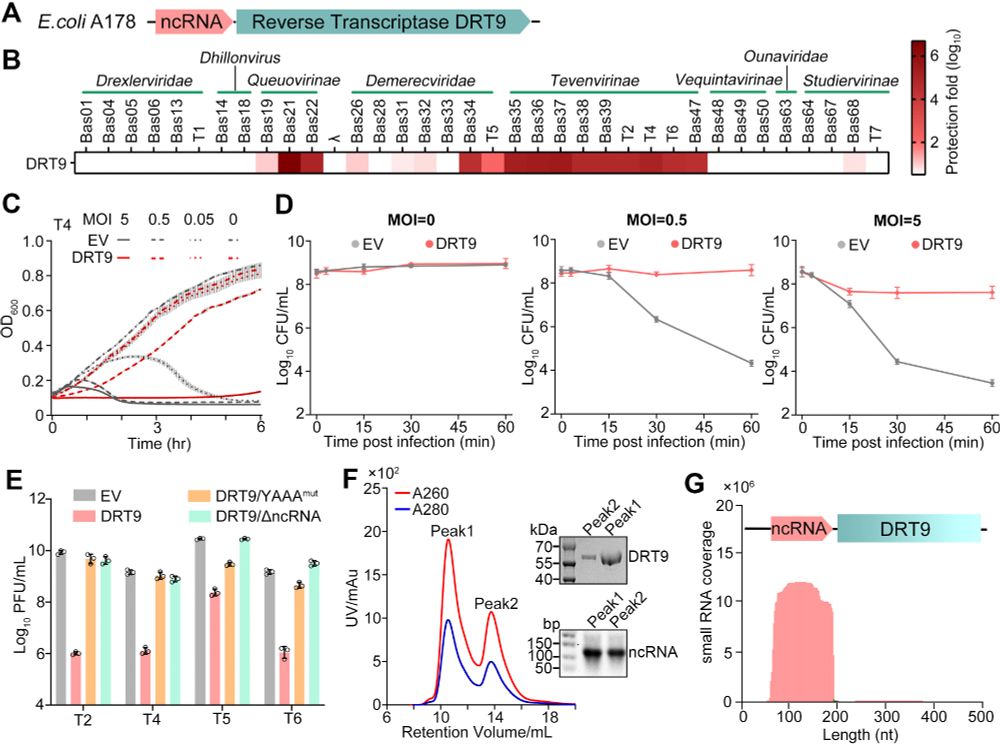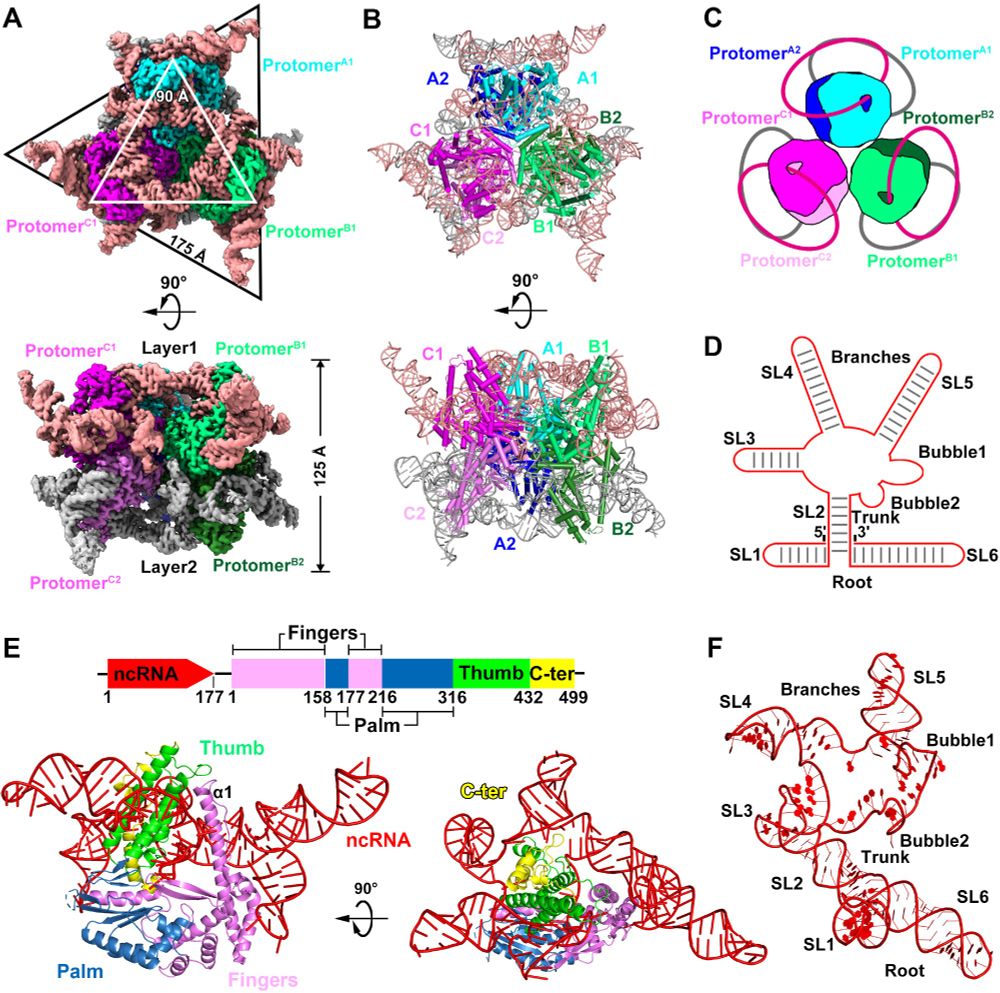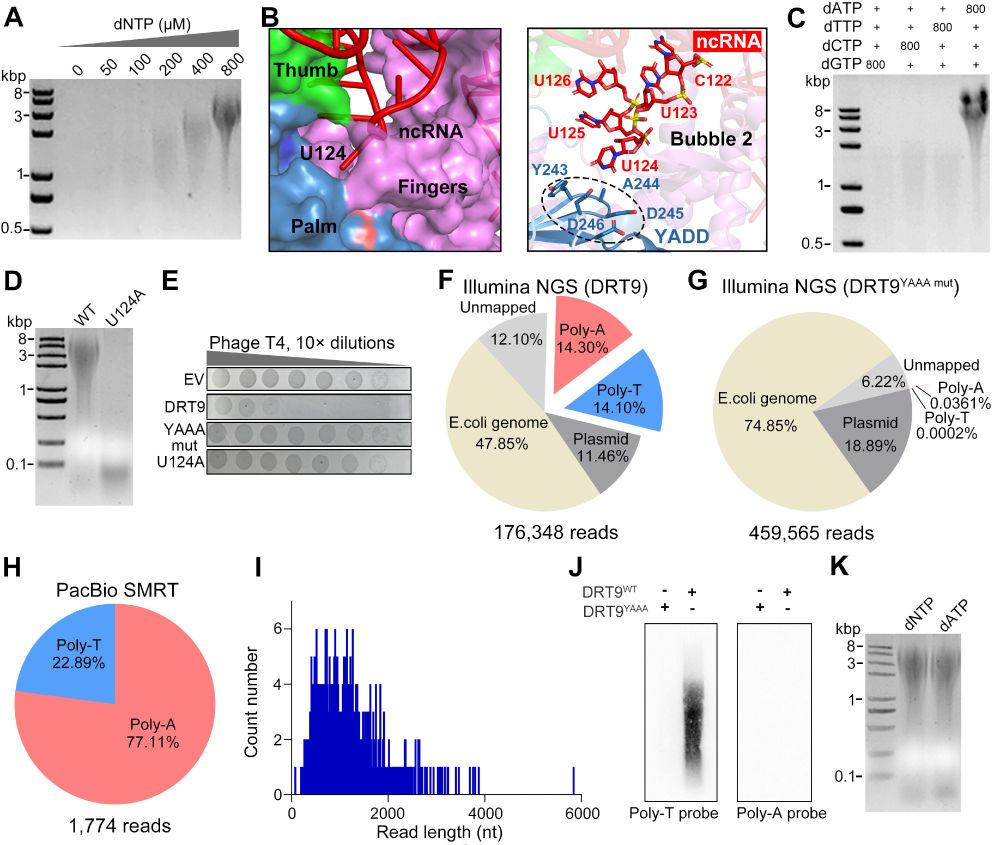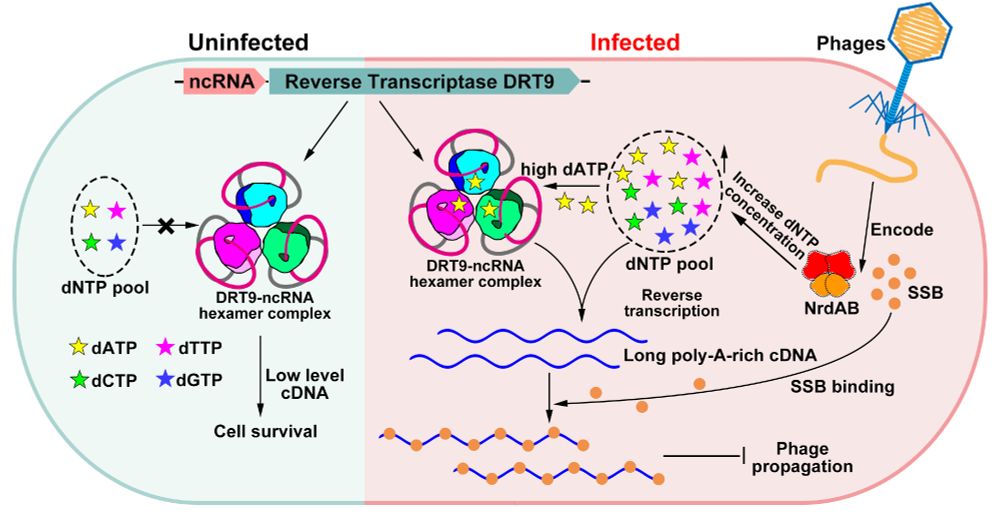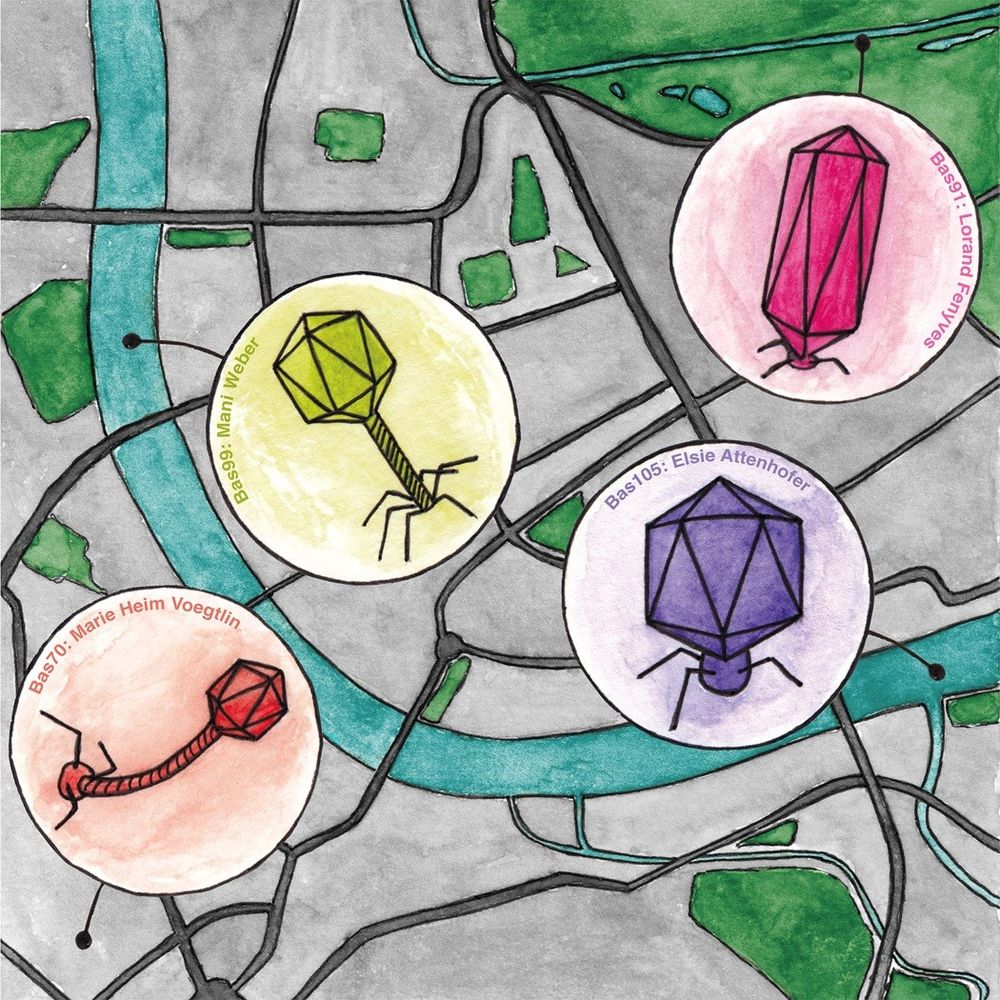Laurence Ettwiller
@ettwiller.bsky.social
110 followers
72 following
29 posts
Scientist working at New England Biolabs. Tweets and comments represent my personal opinion and do not necessarily reflect the opinions of New England Biolabs.
Posts
Media
Videos
Starter Packs
Pinned
Reposted by Laurence Ettwiller
Reposted by Laurence Ettwiller
Laurence Ettwiller
@ettwiller.bsky.social
· Jul 27
Laurence Ettwiller
@ettwiller.bsky.social
· Jul 27
Laurence Ettwiller
@ettwiller.bsky.social
· Jul 27
Laurence Ettwiller
@ettwiller.bsky.social
· Jul 27
Laurence Ettwiller
@ettwiller.bsky.social
· Jul 27
Reposted by Laurence Ettwiller
Reposted by Laurence Ettwiller
Reposted by Laurence Ettwiller
Laurence Ettwiller
@ettwiller.bsky.social
· Mar 31

Proxi-RIMS-seq2 applied to native microbiomes uncovers hundreds of known and novel m5C methyltransferase specificities
Abstract. Methylation patterns in bacteria can be used to study restriction–modification or other defense systems with novel properties. While m4C and m6A
academic.oup.com
Laurence Ettwiller
@ettwiller.bsky.social
· Mar 31
Laurence Ettwiller
@ettwiller.bsky.social
· Mar 31
Laurence Ettwiller
@ettwiller.bsky.social
· Mar 18

The discovery of 5mC-selective deaminases and their application to ultra-sensitive direct sequencing of methylated sites at base resolution
Mining phages for new enzymatic activities continues to be important for the development of new tools for biotechnology. In this study, we used MetaGPA—a method linking genotype to phenotype in metage...
www.biorxiv.org
Reposted by Laurence Ettwiller


